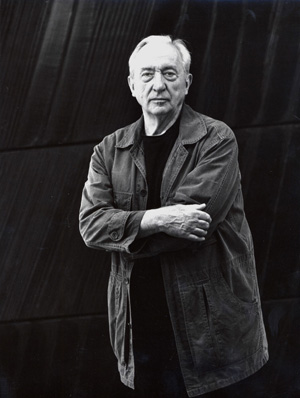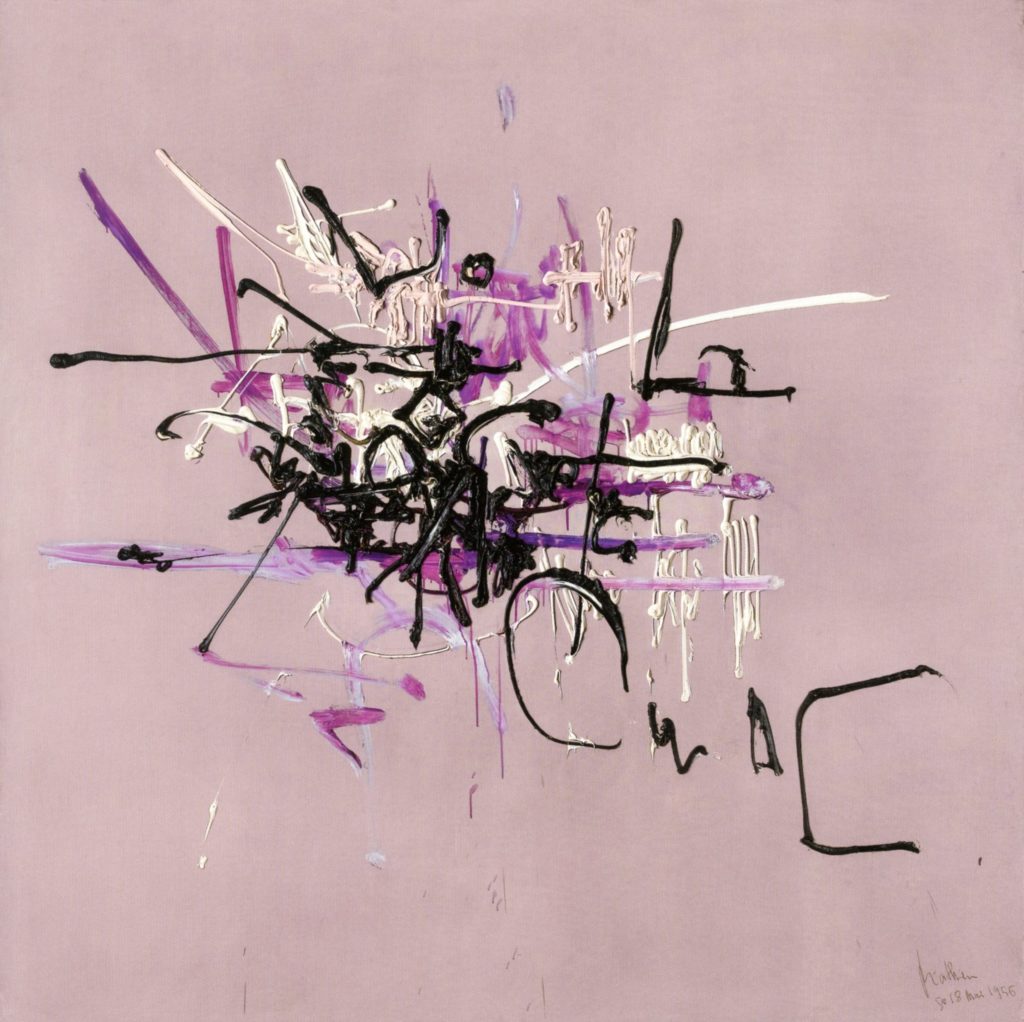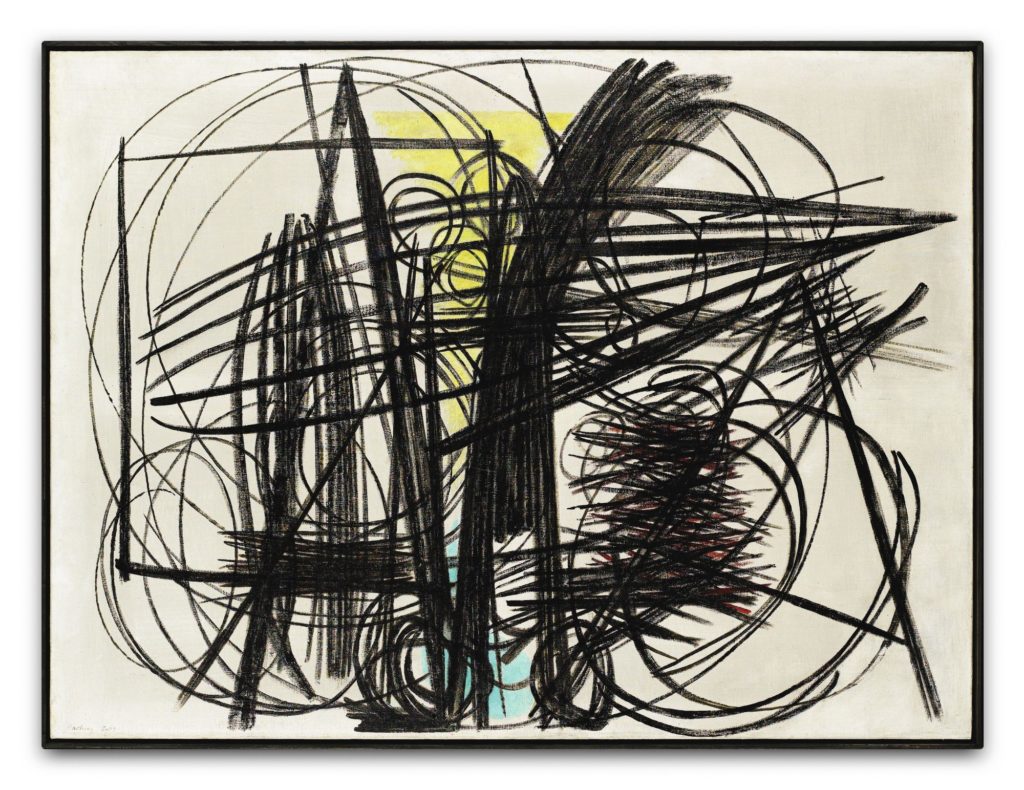In first half of the 20th century, Paris became a magnet for artists from all over the world and the focus of the principal innovations of modern art – the term “School of Paris” (École de Paris) grew up to describe this phenomenon. The School of Paris was not a single art movement or institution, but describes this loose community, led by Pablo Picasso, Henri Matisse, Amedeo Modigliani, Chaïm Soutine and Marc Chagall, amongst others, this community of artists, centered in the cafes, salons and shared workspaces and galleries of Montparnasse and Montmartre.
Before the First World War the the term “School of Paris” (École de Paris) was also applied to artists involved in the many collaborations and overlapping new art movements, between post-Impressionists and pointillism and Orphism, Fauvism and Cubism. After the Second World War until about 1960, the Second School of Paris (Nouvelle École de Paris) was applied to another different group of contemporary painters, who devoted themselves above all to abstract painting and was led by Marc Chagall and Pierre Soulages.
“Today, we recognize the School of Paris as a dazzling era in art history – one that saw the rise of Cubism and Surrealism, along with the creations of masterpieces such as Picasso’s Le Rêve, Chagall’s I and the Village and Matisse’s La Danse. These works and others capture the promise and innovation which flourished in avant-garde communities during the first half of the twentieth century, making artworks which came out of the School of Paris especially valuable. (c/o the Sotheby’s website)





